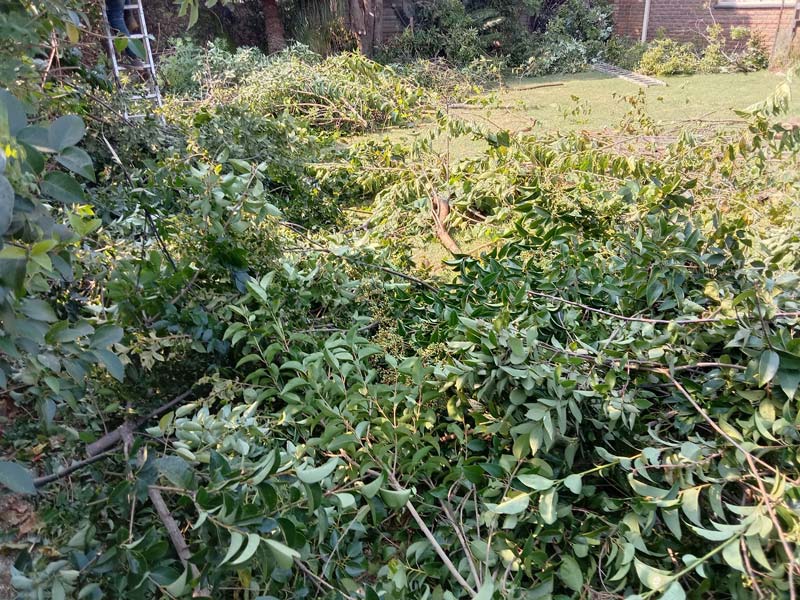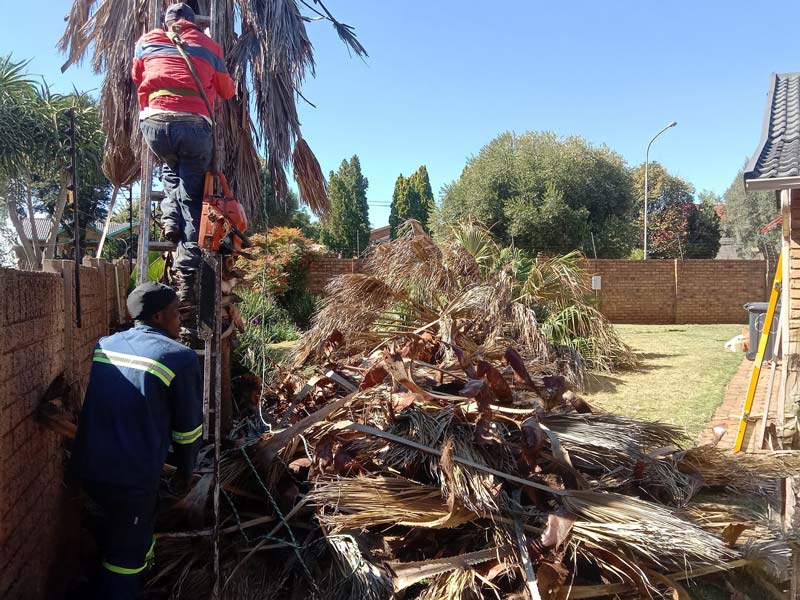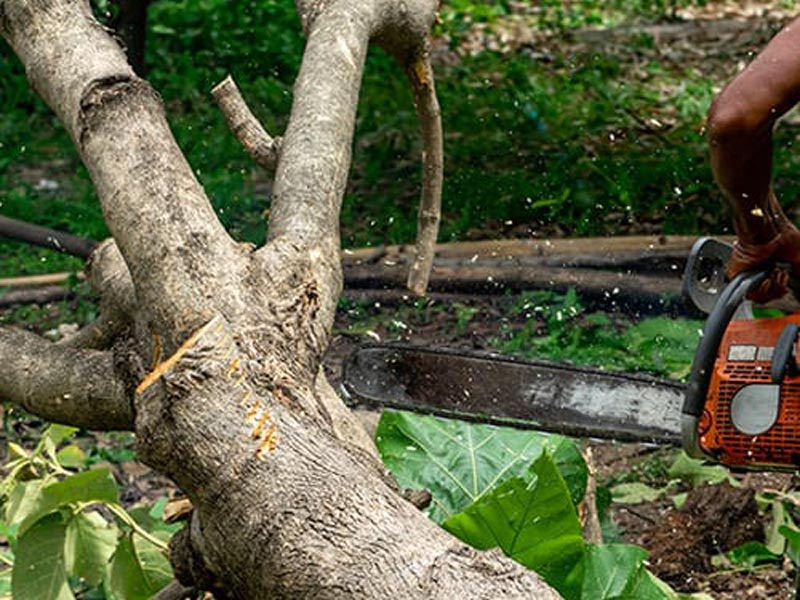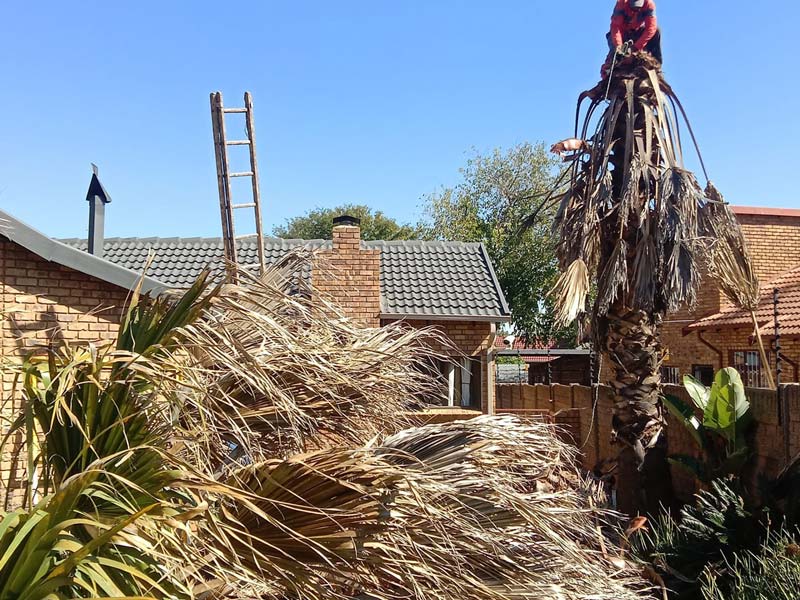The branch collar is an essential anatomical feature at the point where a tree branch meets the trunk. This raised ring of tissue plays a significant role in structural integrity by distributing mechanical stress, protecting against decay, and facilitating wound healing. Moreover, it assists in regulating nutrient flow and supports overall tree health by generating antimicrobial compounds. Comprehending the importance of the branch collar improves effective pruning practices and guarantees the longevity of trees. Further understanding of this subject reveals its broader ecological significance.
Definition and Anatomy of the Branch Collar
The branch collar is an essential structure in tree anatomy, commonly recognised as a specialised, swollen area of tissue located at the junction where a branch connects to the trunk or a larger limb.
This anatomical feature is characterised by a raised ring, encircling the base of the branch. Composed of trunk and branch tissues, it facilitates wound healing and provides protection from decay. The dark, swollen tissue exhibits unique mechanical properties, aiding in the distribution of stress and promoting resilience. Grasping the branch collar’s role is imperative for maintaining tree health and longevity, making it a significant consideration for arborists. Wound compartmentalisation is crucial, as it helps to seal injuries and prevent the spread of pathogens.
Structural and Mechanical Importance
The branch collar plays a critical role in the structural integrity of a tree by effectively distributing stress around the junction where the branch meets the trunk. Its unique composition allows it to resist forces from multiple directions, making it resilient against mechanical loads caused by wind or the weight of foliage. Comprehending these functions can help in appreciating the significance of proper tree care and maintenance, as damage to the collar can compromise a tree’s overall stability and health. Furthermore, the branch collar acts as a protective barrier against infections, enhancing the tree’s defence mechanisms.
Stress Distribution Mechanism
Stress distribution mechanisms play an essential role in tree health and structure, particularly at the branch collar, where branches connect to the trunk. This area markedly alters stress concentration, shifting it away from the stem and thereby protecting critical stem fibres.
Variations in branch morphology influence load distribution, while features such as branch bark ridges can intensify localised stress management. By effectively handling mechanical forces, the branch collar preserves the tree’s integrity, limiting decay propagation and promoting overall vitality.
Comprehending these mechanisms provides important perspective into maintaining tree health and ensuring strong structural support for lively growth.
Multi-directional Resistance Features
While branches are crucial for a tree’s health, their connection to the trunk is equally important, requiring a strong structural design. The branch collar’s multi-directional resistance features are essential to maintaining stability.
- Modified fibre orientation provides multi-axial stability.
- Collar elasticity absorbs shock from various stress angles.
- Specialised tissues and cell types improve mechanical resistance.
- Design facilitates efficient hydraulic flow segmentation.
These characteristics allow the tree to withstand significant mechanical stress, ultimately supporting its long-term health.
The resilience of the branch collar guarantees that branches remain firmly attached, allowing the tree to thrive under various environmental conditions.
Role in Tree Health and Wound Protection
Comprehending the role of the branch collar is crucial for maintaining tree health and guaranteeing effective wound protection.
This swollen ring, located at the junction where a branch meets the trunk, acts as a natural barrier against decay. It contains overlapping tissues that provide structural strength, while specialised cells generate antimicrobial compounds to inhibit pathogens.
During pruning, preserving the branch collar guarantees ideal healing and minimises infection risk. Proper cuts just outside the collar promote rapid closure of wounds, enhancing the tree’s ability to compartmentalise injury and limiting internal decay.
Consequently, the branch collar is essential for sustaining overall tree vitality.
Influence on Growth and Branch Development
The branch collar plays an essential role in influencing tree growth and branch development, acting as a significant junction between the trunk and branches.
- It provides structural support through a strong foundation, distributing mechanical stress effectively.
- The collar regulates vascular conductivity, impacting nutrient and water transport, which shapes development patterns.
- Mechanical support at different limb orientations influences apical dominance and overall branch growth.
- It facilitates self-pruning, allowing trees to shed weaker branches efficiently.
Identification and Practical Relevance for Pruning
Identification of the branch collar is critical for effective pruning, as it serves as a natural protective zone for the tree.
Recognising the branch bark ridge, which helps locate the branch collar, is necessary to avoid damaging this important structure during cuts.
Proper pruning techniques, which include cutting just outside the branch collar, promote healing and improve overall tree health, reducing the risk of decay and structural instability.
Proper Pruning Techniques
Pruning plays a crucial role in maintaining tree health, and comprehending the branch collar’s significance is fundamental for effective cuts. Proper techniques guarantee the branch collar remains intact, facilitating rapid healing and protecting the tree from pathogens.
- Make cuts just outside the branch collar.
- Avoid damaging the branch collar tissue.
- Employ sharp pruning tools to reduce injury.
- Recognise species-specific collar characteristics for effective pruning timing.
Additionally, understanding formative pruning techniques can help shape young trees to ensure they develop strong structures and balanced crowns.
Recognising Branch Bark Ridge
Comprehending branch bark ridge (BBR) is important for effective tree management and proper pruning techniques. The BBR, characterised by a raised, rough strip of bark, marks the union between a branch and the trunk.
It is essential for branch identification, as it indicates where pruning cuts should be made to improve healing and reduce the risk of decay. By recognising the BBR, tree care professionals can avoid damaging protective tissues, which play a key role in disease resistance.
In the end, respecting the BBR during pruning guarantees healthier trees and improves their structural integrity, contributing to long-term plant health in maintained environments.
Avoiding Damage to Collar
Comprehending the significance of the branch collar is essential when considering proper tree maintenance techniques. Pruning techniques must prioritise safeguarding this important structure to guarantee tree health.
- Always cut just beyond the branch collar to avoid collar damage.
- Employ clean and sharp tools to create precise pruning cuts.
- Prevent leaving branch stubs, which can invite decay.
- When visibility is low, reference the branch bark ridge for guidance.
Maintaining the integrity of the branch collar promotes faster healing, reduces decay risk, and improves overall tree aesthetics. Additionally, understanding controlled techniques ensures that any pruning or tree removal performed does not compromise the tree’s health and safety.
Prioritise careful pruning to cultivate resilient, thriving trees with strong structural integrity.
Physiological and Hydraulic Functions
Grasping the physiological and hydraulic functions of branch collars is crucial for valuing their role in tree health and stability.
These structures exhibit low hydraulic conductivity, creating hydraulic segmentation that facilitates efficient sap movement through the central xylem.
Furthermore, branch collars contain a chemical defence mechanism that inhibits decay organisms, aiding in compartmentalisation and reducing decay spread to healthy tissues.
This unique anatomical configuration not only improves the structural integrity of the tree but also supports its natural defence system.
Comprehending these functions emphasises the importance of preserving branch collars in maintaining overall tree health and sustainability.






